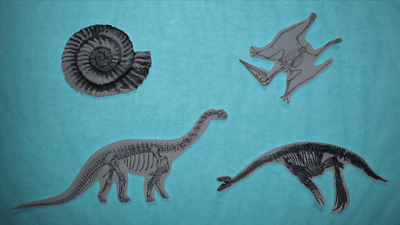Why can birds fly at high altitudes of 8000 meters above the ground where oxygen is thin?

Walter Murch's Letter to His Grandchildren About Earth's History
https://nautil.us/issue/86/energy/why-birds-can-fly-over-mount-everest
Bar-headed geese, like all birds, such as ostriches and pigeons, have highly efficient lungs. Unlike the human lungs, the lungs of birds have a one-way air flow. When birds inhale air, the air enters the posterior air sac and lungs behind the lungs in the respiratory organs called the air sac (yesterday), and the old air after taking oxygen into the body is the anterior air sac in front of the lungs. Is discharged from.
It is said that such a lung structure was also found in dinosaurs, the ancestors of birds. The question arises here, 'Why did dinosaurs have such lungs?', And Nautilus explains this as well.

About 450 years ago, the obstacle that plants faced when they first landed from the sea was 'gravity.' Plants have begun to inhabit as moss on the surface of rocks for tens of millions of years to resist gravity. Over time, plants will evolve to be able to synthesize the
It was a plant that acquired hard roots and branches and leaves by lignin, but at the same time, it faced the problem that 'bacteria and fungi that can decompose lignin have not evolved sufficiently'. Lignin, which remains undecomposed, continues to accumulate on the surface of the earth, and a large amount of carbon is fixed as coal. Carbon dioxide in the atmosphere continued to decrease, and oxygen concentration increased to over 30%. It is said that such a high concentration of oxygen made it possible to increase the size of animals and plants.
However, after that, white-rot fungi that can decompose lignin appear. White-rot fungi have begun to decompose plants on the earth in the process of combining oxygen obtained from the atmosphere with hydrocarbons of lignin and discharging carbon dioxide and water. As a result, the oxygen concentration, which had exceeded 30% about 300 million years ago, has dropped to about 12% about 250 million years ago. It is estimated that 95% of the creatures on earth have died.

An animal born in such a harsh environment was a dinosaur. As mentioned above, dinosaurs with efficient lungs can live in limited oxygen, and when the oxygen concentration rises to 20% over tens of millions of years, the lungs can distribute oxygen throughout the body. Thanks to, I was able to have a very large body. Nautilus explained that the lungs were passed on to later birds, allowing them to fly at low oxygen altitudes.
Related Posts:







